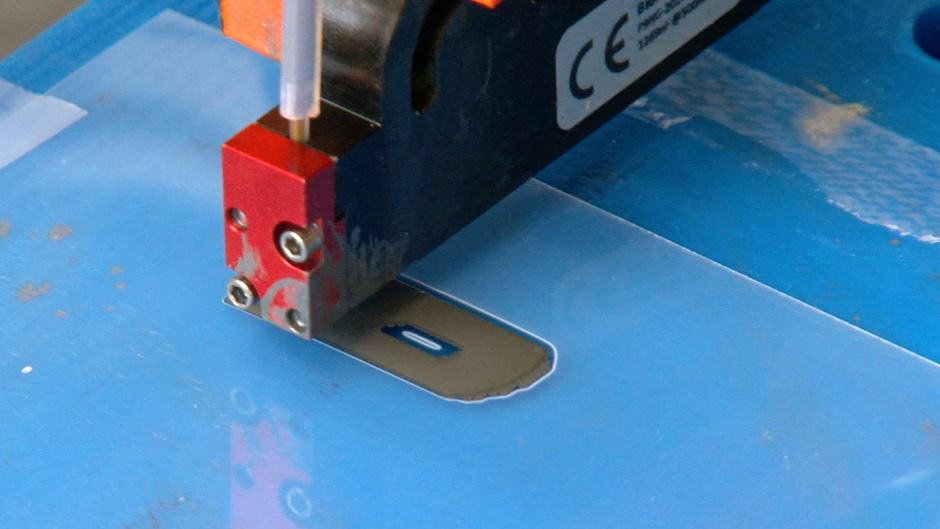Devised by a group at Purdue University in Indiana, the ink-jet printing based technique is claimed to deposit energetic materials with unprecedented levels of precision and safety.
Many micromechanical systems incorporate energetic materials in their operation. For example, an automotive airbag inflates using a small amount of solid propellant. The team claims that the new technique will help meet a growing demand for micro-level energetics driven by the continuing trend towards smaller devices.
Jeff Rhoads, professor of mechanical engineering, and principal investigator on the project explained that the technique creates the energetic material in situ by combining two separate components during the printing process. “We can have a fuel and an oxidizer in two separate suspensions, which are largely inert,” he said. “Then, with this custom inkjet printer, we can deposit the two in a specific overlapping pattern, combining them on a substrate to form nanothermite.”

Able to accurately deposit picoliters of material, the machine holds the nozzle stationary and moves a stage below it to form whatever shape is required. “The stage can move with a 0.1 micron precision, which is basically a thousandth the width of a human hair,” said Allison Murray, a PhD student in Purdue’s school of mechanical engineering.
Murray added that the nanothermite produced using the process reacts just as quickly and powerfully as thermites applied in traditional ways. “It burns at 2,500 Kelvin [over 4,000 degrees Fahrenheit],” she said. “It generates a lot of thrust, a lot of heat, and makes a nice loud shockwave.”
The project was been published in the Journal of Applied Physics





Nanogenerator consumes CO2 to generate electricity
Nice to see my my views being backed up by no less a figure than Sabine Hossenfelder https://youtu.be/QoJzs4fA4fo